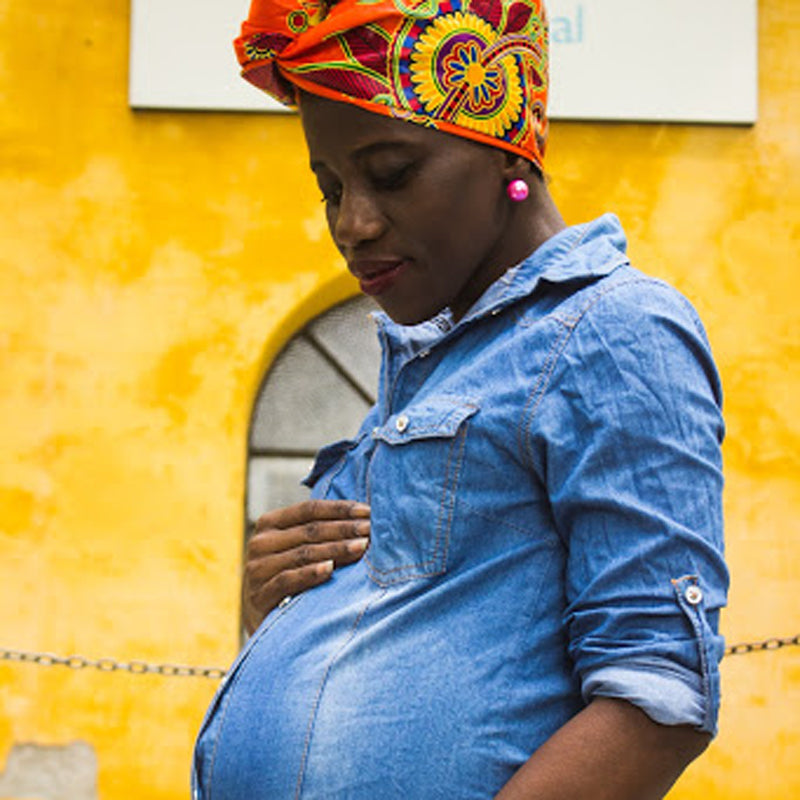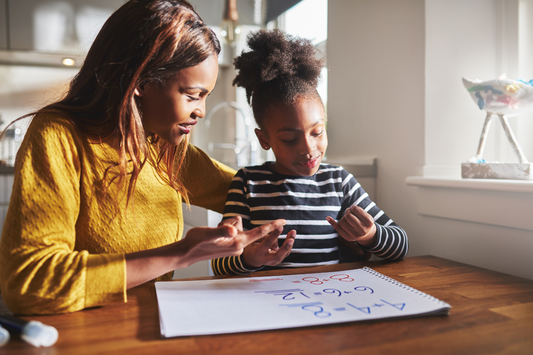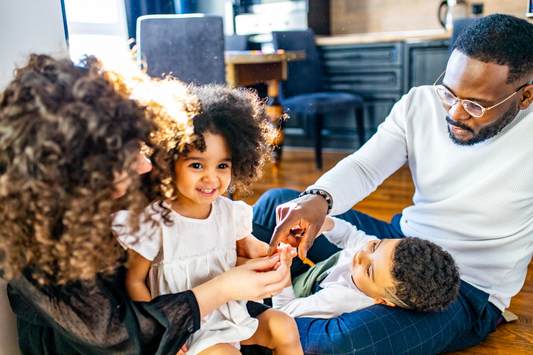Each stage of life affects your body and hair differently, such as puberty, adolescence, even aging – and especially pregnancy. During pregnancy, it’s clear that the body goes through many changes…ever wondered how specifically it affects your hair? In this blog, we’re going to take a closer look at the changes (both good and potentially bad) that pregnancy can bring to your strands.
WHAT CHANGES DURING PREGNANCY?
During a normal development period, hair goes through a three-stage process. The first stage is a growth cycle, during which you grow new hair at the roots. This is followed by a “resting phase,” during which time your hair sheds a minimal amount.
The final stage is a shedding cycle, which is when you might notice more stray hairs on your bathroom floor. This three-stage process is completely normal, and hair can typically go through all three phases in less than a week.
When you become pregnant, hormone production surges, which affects how this cycle operates regularly.
During pregnancy, your body produces a significantly higher amount of estrogen . Estrogen essentially tells your hair to grow...and grow…and grow. Dermatologist Joshua Zeichner, M.D, explained this process to SELF magazine, stating that “Hormonal shifts during pregnancy help the hairs remain in their active growing phase, so they don't fall out as much as they do otherwise.”
The surge of hormones created essentially work to skip over the shedding phase, so new hair growth continues to occur, and the resting hair is also retained. The result is that many women find that the hair is never thicker than it is during pregnancy. Some women may also experience hair growth in other places, like on their face, chest, back, and belly.

Every person’s body experiences pregnancy differently, and not all women report that their hair becomes thicker or fuller during pregnancy, but it is one of the most common side effects.
Another factor that influences the state of your hair during pregnancy is the type of vitamins you take. Prenatal vitamins offer the body, the skin, and the hair system nutrients in much higher concentrations than most women are used to taking. This increase in nutrients can positively impact the texture and density of your hair. When your body has enough nutrients to sustain hair growth, many women will notice a change in the amount of hair they have and the healthy texture of their hair.
To sum it up, pregnancy changes a ton of things in your body. Your organs are working in different capacities, your body is growing and adapting, and hormones surge.
The surge in hormones, coupled with the nutrient-dense prenatal vitamins can often result in fuller, stronger and healthier hair.
WHAT HAPPENS AFTER GIVING BIRTH?

After you give birth, there is an acute change in hormones. Your body no longer needs to produce the high estrogen levels that had been supporting your hair growth, resulting in a drop in hormone production.
There is no need to continue taking prenatal vitamins as well, so the impact of having less hair and skin vitamins present in your daily diet contributes to the feel of thinning or weaker hair.
Post-partum (after giving birth) the amount of hair that is present in the resting phase increases. Your hair rapidly shifts back to its normal cycle, and right into its shedding stage.
This results in an increase in the amount of hair shed, which can be a disappointing and sensitive struggle for new moms. Typically, this hair-loss period occurs one to five months after the baby is born, and usually resolves itself and returns to the regular three stage growth process in time. Many women notice that their high amount of shedding peaks at the four-month mark, though hair loss may continue during the first year.
Some women report that there are permanent changes to the texture of their hair, such as having curlier, straighter or coarser hair than they did prior to coming pregnant.
These changes can be permanent, and are related to that change in hormones during the pregnancy stage.
HOW TO HELP DEAL WITH HAIR LOSS POSTPARTUM
As mentioned above, hair loss postpartum can be a tough and emotional battle for new moms. In addition to having a newborn to love and take care of, a post-partum body is also going through weight changes, mood stabilization – among a slew of other things, and hair loss can be the tip of the iceberg that really affects self-confidence.
The silver lining in this process is that postpartum hair loss is temporary, and there are a few tricks that can help to make the thinner and more breakage prone hair period a bit easier to navigate.
Change your part
If you normally part your hair in the middle or heavy on one side, changing that part to the other side or to a less dramatic side part can help to disguise the appearance of thinning hair near the temples and root of your strands.
Add some texture
When your hair is styled in a stick-straight, sleek finish, it can be a bit more obvious if it is thinning or damaged. A good way to help add some texture and body to your hair is to rock your natural texture if your hair is curly or coily.
If your hair is naturally straight, try braiding in a French braid when wet at night, and wearing it loose and wavy the next day. Use a few spritzes of a texturizing spray on your styled look to add some texture and give your hair more body.
Cut down on the heat
Postpartum hair is prone to breakage and can be more susceptible to heat damage than you are used to. Cut down on using heat styling tools and try to avoid brushing your hair when it is wet. Instead, opt for a low heat drying option, like the RevAir Reverse Air Dryer. The RevAir uses ½ the heat of a typical hair dryer, and dries hair in the direction of the natural cuticle, for less apparent breakage.
When detangling wet locks, try using a wide-toothed comb and a leave-in detangling mist, such as the Bright Spot Shine Spray.
For the majority of women post-pregnancy, the scalp and hair growth phases will recover and return to its normal state fairly quickly. After your hair has shed all of those extra strands present in the first few resting phases, your growth and shedding cycles normalize, and it’s likely that overall health and texture of hair will return to its pre-pregnancy state.
YOU'VE GOT THIS

Pregnancy is a magical and exciting time of changes, growth and creation. While the benefits are obvious – a new addition to your family – there can be some downfalls that are hard to deal with, hair loss being one of them. Hopefully, we’ve armed you with the science behind pregnancy and hair growth/loss, and a few special tricks to get through that tough shedding phase.
As always, please do not ever hesitate to reach out to our knowledgeable team of Advisors if you have any questions about your hair type, texture or style, or how the RevAir can be an asset in your hair styling arsenal.





